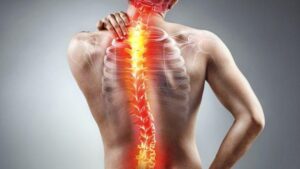Here is what you need to know about the difference between back pain and sciatica and how chiropractic can help.
Back pain is one of the most common complaints people have, affecting millions of individuals worldwide. However, not all back pain is the same. If you’re experiencing pain in your lower back that radiates down your leg, you might be wondering if it’s sciatica. Let’s take a deeper look at what sciatica is, how it differs from general back pain, and what you can do about it.
What is the Difference Between Back Pain and Sciatica?
Back pain refers to any type of discomfort in the back region, which can range from a dull ache to a sharp sensation. It can be caused by a wide variety of issues, including muscle strain, herniated discs, poor posture, or overuse.
Sciatica is a specific type of pain that occurs when the sciatic nerve—the longest nerve in your body—is compressed or irritated. The sciatic nerve starts in the lower back and runs down the back of each leg.
What is the Cause of Sciatica?
Here are some common causes of sciatica:
- Herniated or Bulging Discs: Discs in your spine act as cushions between the vertebrae. If a disc slips out of place or ruptures, it can press against the sciatic nerve.
- Spinal Stenosis: This condition occurs when the spaces within the spine narrow, putting pressure on the spinal cord and nerves, including the sciatic nerve.
- Degenerative Disc Disease: As discs in your spine wear down over time, they can lead to nerve compression.
- Spondylolisthesis: When one vertebra slips over another, it can pinch the nerve.
- Muscle Tightness: Tight muscles in the lower back or hips can compress the sciatic nerve.
- Pregnancy: Pregnant women may experience sciatica due to the increased pressure on the lower back and pelvis.
Can Chiropractic help with Sciatica?
Chiropractic care focuses on correcting spinal misalignments, which can alleviate pressure on the sciatic nerve and provide long-term relief.
Your chiropractor will evaluate your specific condition and provide treatment that may include gentle, hands-on spinal adjustments to realign your body, relieve nerve compression, and restore proper movement to your muscles and joints. This can help reduce the pain and discomfort associated with sciatica and low back pain.
What can I do at home between chiropractic visits to manage my pain?
- Heat and Cold Therapy: Applying a cold pack to the affected area can help reduce inflammation and numb pain, while a heating pad can relax muscles and improve blood flow. Alternate between heat and cold to find what works best for you. Do not put packs directly on your skin.
- Gentle Stretches: Gentle stretches targeting the lower back, hips, and legs can relieve tension and reduce sciatic nerve irritation. Avoid movements that aggravate the pain.
- Proper Posture: Maintain proper posture, especially when sitting or standing. Avoid slouching, which can place unnecessary pressure on your spine.
- Stay Active (But Don’t Overdo It): Gentle movement can promote healing. Walking, swimming, or light stretching can help maintain flexibility and strengthen muscles that support your spine.
- Sleep Positions: Try sleeping on your back or on your side with a pillow between your knees to relieve pressure on your spine.
Conclusion
Sciatica is a painful condition that can affect your lower back, hips, and legs. Understanding the difference between general back pain and sciatica, recognizing the causes of sciatica, and knowing your treatment options can help you manage your symptoms.
Chiropractic care can offer relief from sciatica pain without the need for invasive procedures or long-term reliance on medication. Many individuals find lasting relief through chiropractic adjustments and lifestyle changes, which help address the root cause of the problem.
If you’re struggling with sciatica or chronic back pain, don’t wait for the pain to get worse. Reach out to our office today and schedule a consultation with Dr. Karim. We’ll work with you to develop a personalized treatment plan to get you back on track to moving better again.



